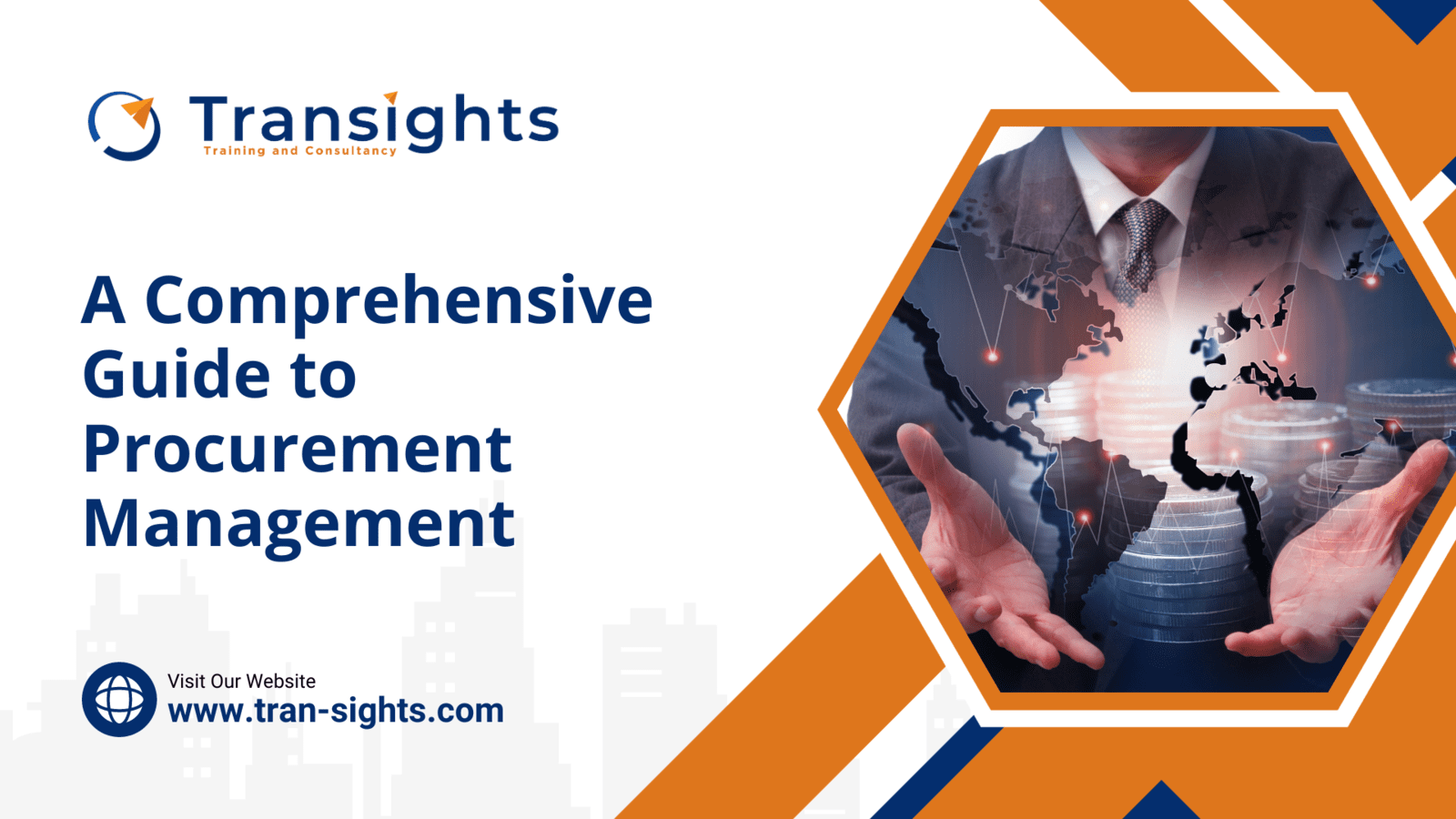
Effective procurement management is a critical component of organizational success. It involves acquiring goods and services in the right quantity, quality, and at the right cost, while also ensuring compliance with relevant regulations. This article explores the key aspects of procurement management and provides insights into best practices for organizations aiming to optimize their procurement processes.
Understanding Procurement Management:
Definition and Scope:
Procurement management encompasses the entire process of obtaining goods and services needed for the smooth operation of an organization. This includes everything from identifying needs, sourcing suppliers, negotiating contracts, and monitoring supplier performance.
Key Objectives:
Procurement management encompasses the entire process of obtaining goods and services needed for the smooth operation of an organization. This includes everything from identifying needs, sourcing suppliers, negotiating contracts, and monitoring supplier performance.
Key Components of Procurement Management:
Strategic Planning:
Successful procurement starts with strategic planning. Organizations must align procurement strategies with overall business objectives. This involves assessing current and future needs, market conditions, and potential risks.
Supplier Identification and Evaluation:
Identifying reliable and capable suppliers is crucial. Organizations should establish clear criteria for supplier selection, considering factors such as financial stability, product quality, and ethical practices. Regular supplier evaluations help ensure ongoing performance and alignment with organizational goals.
Negotiation and Contract Management:
Effective negotiation skills are essential for securing favorable terms and conditions. Robust contracts should be drafted, covering aspects like delivery schedules, quality standards, and dispute resolution mechanisms. Continuous monitoring of contract compliance is vital for long-term success.
Technology Integration:
Leveraging technology, such as procurement software and electronic procurement platforms, streamlines processes and enhances transparency. Automation can help with tasks like order processing, invoice verification, and performance tracking, reducing the risk of errors and improving overall efficiency.
Risk Management:
Identifying and mitigating risks is a crucial aspect of procurement management. This involves assessing potential disruptions to the supply chain, geopolitical factors, and market fluctuations. Developing contingency plans ensures that organizations can adapt to unforeseen challenges.
Best Practices in Procurement Management:
Collaboration Across Departments:
Effective procurement is not solely the responsibility of the procurement department. Close collaboration with other departments, such as finance, operations, and legal, is essential for aligning procurement activities with overall organizational goals.
Ethical Procurement Practices:
Organizations should prioritize ethical considerations in their procurement processes. This includes fair treatment of suppliers, adherence to labor standards, and compliance with environmental regulations. Ethical procurement practices contribute to a positive corporate image.
Continuous Improvement:
Procurement is an evolving process, and organizations should adopt a mindset of continuous improvement. Regularly reviewing and updating procurement strategies, processes, and technologies ensures that organizations remain agile in response to changing market dynamics.
Conclusion:
Conclusion:

